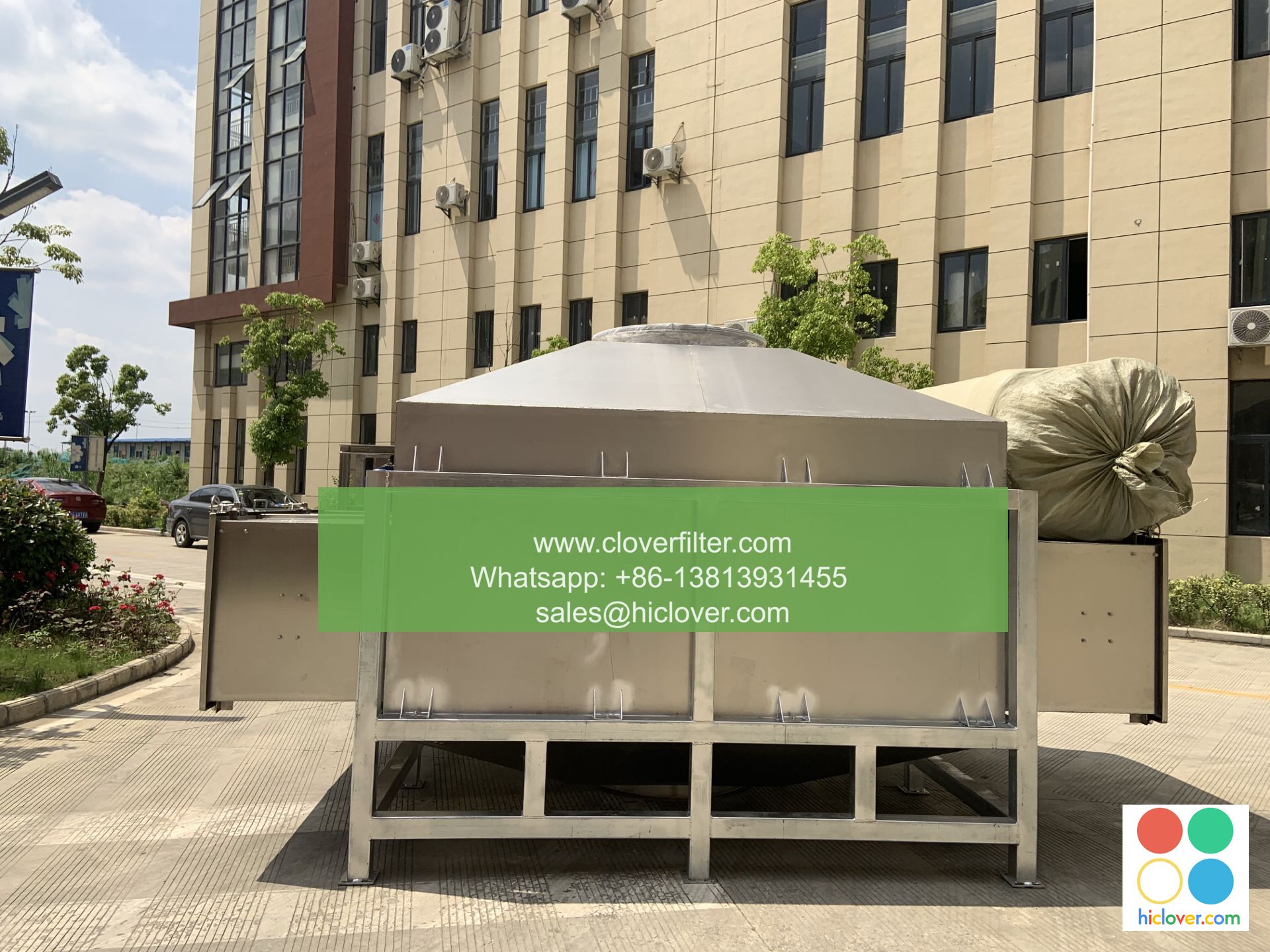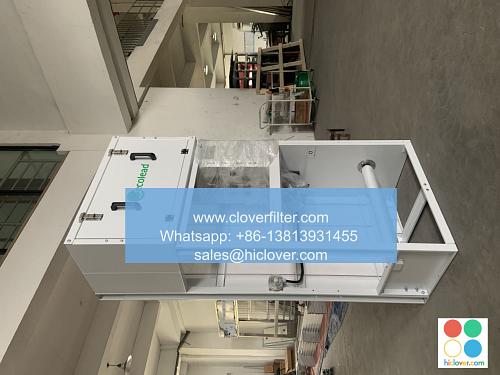Community-Led Air Filter Initiatives: A Key to Improving Public Health

As the world grapples with the challenges of indoor air pollution and its impact on public health, community-led air filter initiatives have emerged as a crucial strategy for improving air quality and promoting respiratory health. These initiatives, which involve the use of air purification systems and air quality monitoring technologies, have been shown to be effective in reducing particulate matter (PM) and other air pollutants in indoor environments.
Application Areas for Community-Led Air Filter Initiatives
Community-led air filter initiatives can be applied in various settings, including:
* Schools and educational institutions: Improving indoor air quality in schools can help reduce absenteeism and improve student performance.
* Healthcare facilities: Implementing air purification systems in hospitals and clinics can help reduce the risk of hospital-acquired infections and improve patient outcomes.
* Community centers and public buildings: Installing air filters in community centers and public buildings can help promote public health and wellness in urban areas.
* Residential areas: Community-led air filter initiatives can also be applied in residential areas, particularly in low-income communities where indoor air pollution is often a significant problem.
Benefits of Community-Led Air Filter Initiatives
The benefits of community-led air filter initiatives are numerous and include:
* Improved public health: By reducing indoor air pollution, community-led air filter initiatives can help prevent respiratory diseases and other health problems.
* Increased community engagement: Community-led air filter initiatives can help promote community engagement and social cohesion by involving local residents in the planning and implementation process.
* Cost-effective solution: Community-led air filter initiatives can be a cost-effective solution for improving indoor air quality, particularly in low-income communities where resources may be limited.
* Enhanced air quality monitoring: Community-led air filter initiatives can also involve the use of air quality monitoring technologies, which can help track air pollutant levels and identify areas for improvement.
Challenges and Future Directions
While community-led air filter initiatives have shown promise, there are also challenges to be addressed, including:
* Lack of funding: Community-led air filter initiatives often require significant funding, which can be a challenge, particularly in low-income communities.
* Technical expertise: Implementing and maintaining air purification systems requires technical expertise, which can be a challenge for community-led initiatives.
* Sustainability: Community-led air filter initiatives must be sustainable in the long term, which requires ongoing community engagement and support.
To address these challenges, future directions for community-led air filter initiatives may include:
* Developing innovative funding models: Exploring new funding models, such as public-private partnerships and crowdfunding, to support community-led air filter initiatives.
* Building technical capacity: Providing training and technical assistance to community-led initiatives to help them implement and maintain air purification systems.
* Promoting community engagement: Encouraging community engagement and social cohesion through outreach and education efforts to promote the benefits of community-led air filter initiatives. What would you like to talk about? I can summarize a topic, answer a question, or generate text on a subject of your choice. What’s on your mind?

